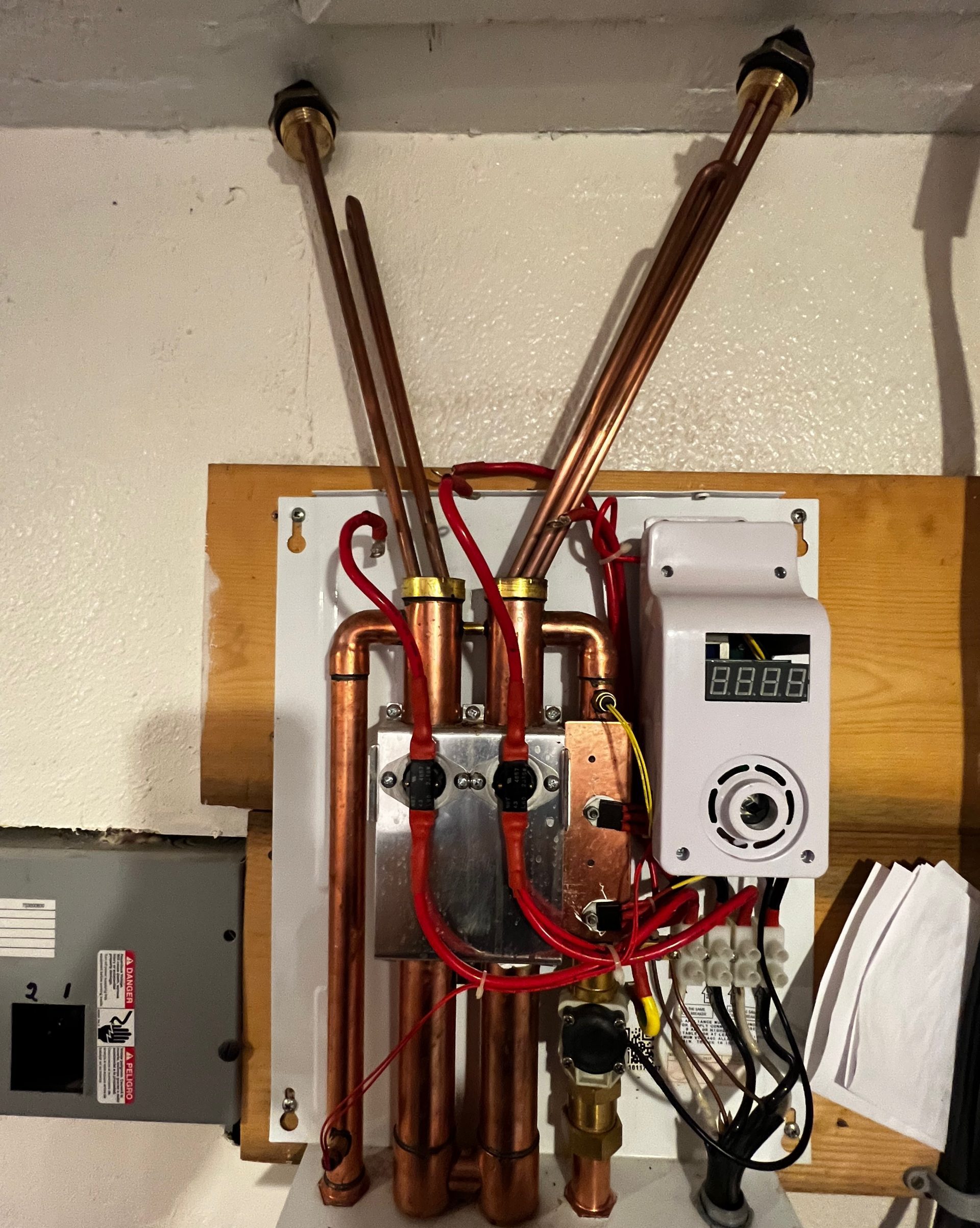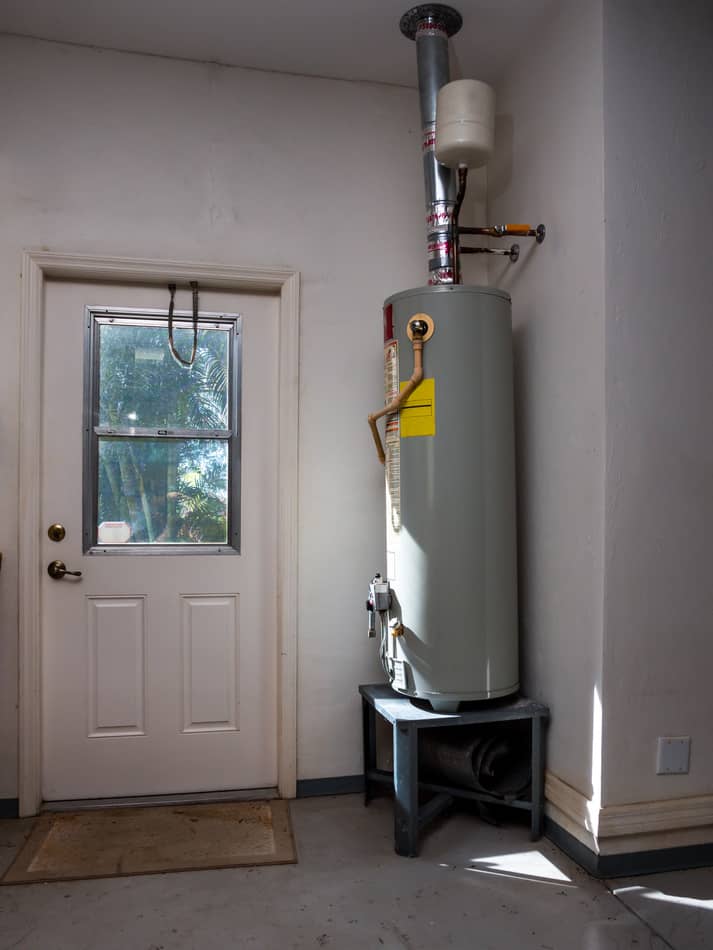Do you find yourself in search of advise around What Kind of Maintenance Do Water Heaters Need??

Warm water is essential for daily comfort, whether it's for a rejuvenating shower or washing dishes. To ensure your hot water system runs efficiently and lasts longer, regular maintenance is key. This short article gives functional suggestions and insights on how to keep your home's warm water system to prevent disruptions and pricey repair services.
Introduction
Keeping your home's warm water system could appear complicated, yet with a couple of straightforward actions, you can guarantee it runs smoothly for many years to find. This guide covers everything from understanding your hot water system to do it yourself upkeep pointers and understanding when to contact professional aid.
Relevance of Keeping Your Hot Water System
Regular upkeep not just prolongs the lifespan of your warm water system yet additionally guarantees it operates efficiently. Neglecting upkeep can lead to lowered effectiveness, higher energy costs, and even early failure of the system.
Indicators Your Warm Water System Needs Upkeep
Understanding when your hot water system requires attention can stop major problems. Look out for indications such as inconsistent water temperature, odd noises from the heating system, or rusty water.
Flushing the Water Heater
Flushing your hot water heater eliminates debris build-up, enhancing performance and extending its life.
Monitoring and Replacing Anode Rods
Anode poles prevent deterioration inside the storage tank. Examining and replacing them when broken is important.
Complex Problems Requiring Expert Help
Instances include major leakages, electrical problems, or if your hot water heater is regularly underperforming.
Regular Expert Maintenance Conveniences
Expert upkeep can include extensive inspections, tune-ups, and making sure compliance with safety criteria.
Examining and Readjusting Temperature Setups
Adjusting the temperature setups guarantees optimum performance and safety and security.
DIY Tips for Upkeep
You can execute several maintenance tasks on your own to maintain your hot water system in top problem.
Checking for Leakages
Routinely check pipes and connections for leakages, as these can result in water damages and higher expenses.
Comprehending Your Warm Water System
Prior to diving into maintenance tasks, it's handy to understand the fundamental parts of your hot water system. Normally, this consists of the hot water heater itself, pipes, anode poles, and temperature level controls.
Month-to-month Maintenance Tasks
Routine monthly checks can assist capture small issues before they rise.
Testing Pressure Relief Valves
Checking the stress safety valve ensures it works properly and protects against too much stress buildup.
Protecting Pipelines
Shielding warm water pipelines lowers heat loss and can conserve energy.
When to Call a Specialist
While DIY upkeep is beneficial, some concerns require professional competence.
Final thought
Routine upkeep of your home's hot water system is vital for performance, durability, and expense financial savings. By complying with these ideas and recognizing when to look for specialist aid, you can ensure a trusted supply of warm water without unforeseen interruptions.
How to Maintain an Instant Hot Water Heater
Before tinkering with your hot water heater, make sure that it’s not powered on. You also have to turn off the main circuit breaker and shut off the main gas line to prevent accidents. Also turn off the water valves connected to your unit to prevent water from flowing into and out of the appliance. 2. When you’re done, you have to detach the purge valves’ caps. These look like the letter “T” and are situated on either side of the water valves. Doing so will release any pressure that has accumulated inside the valves while at the same time avoid hot water from shooting out and burning your skin. 3. When the purge valves’ caps are removed, you have to connect your hosing lines to the valves. Your unit should have come with three hoses but if it didn’t, you can purchase these things from any hardware or home repair shops. You can also get them from retail stores that sell water heating systems. Read the user’s manual and follow it to complete this task properly. When the hosing lines are connected, open the purge port’s valves. 4. You should never use harsh chemical cleaners or solutions when cleaning your unit. Make use of white vinegar instead. It should be undiluted and you’ll probably use about 2 gallons. 5. Now flush your water heater. This task should probably take about 40 minutes. We can’t give you specific directions for this because the procedure is carried out depending on the type, model and brand of your heater. With that being said, refer to the user’s manual. 6. When you’re done draining the unit, you have to turn off the purge port valves again. Remove the hosing lines that you earlier installed on each of the water valves. Put the valve caps (purge port) back in their respective places and be very careful so as not to damage the rubber discs that are found inside these caps. 7. Now that everything’s back in place, check your user’s manual again to find out how to reactivate your water heating system. 8. Once it is working, turn one of your hot water faucets on just to let air pass through the heater’s water supply pipes. Leave the tap on until water flows smoothly out of it. https://www.orrplumbing.com/blog/2014/september/how-to-maintain-an-instant-hot-water-heater/

I hope you liked our piece on What Kind of Maintenance Do Water Heaters Need?. Many thanks for taking the time to read through our article. Sharing is good. Helping people is fun. Thanks a lot for your time invested reading it.
Call Today